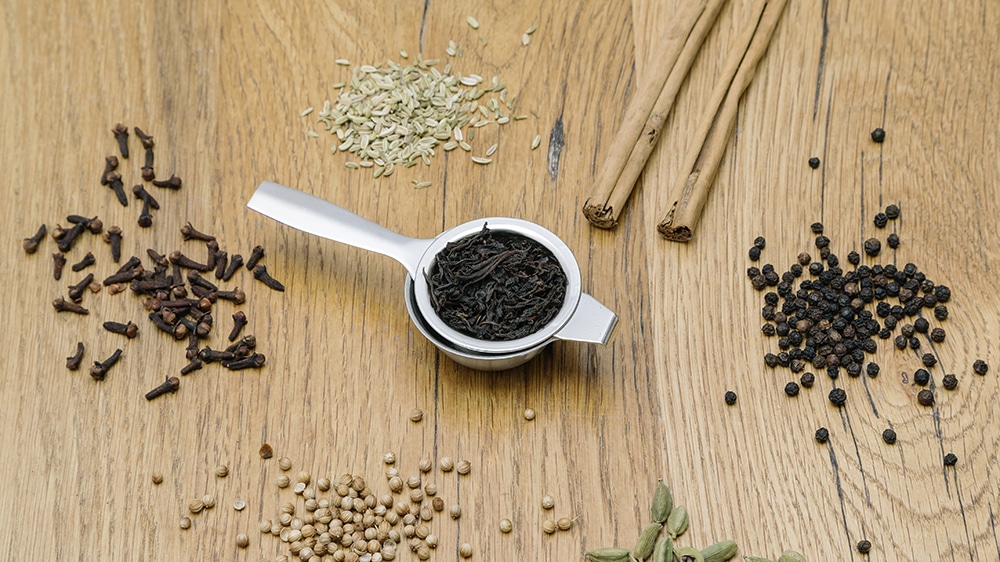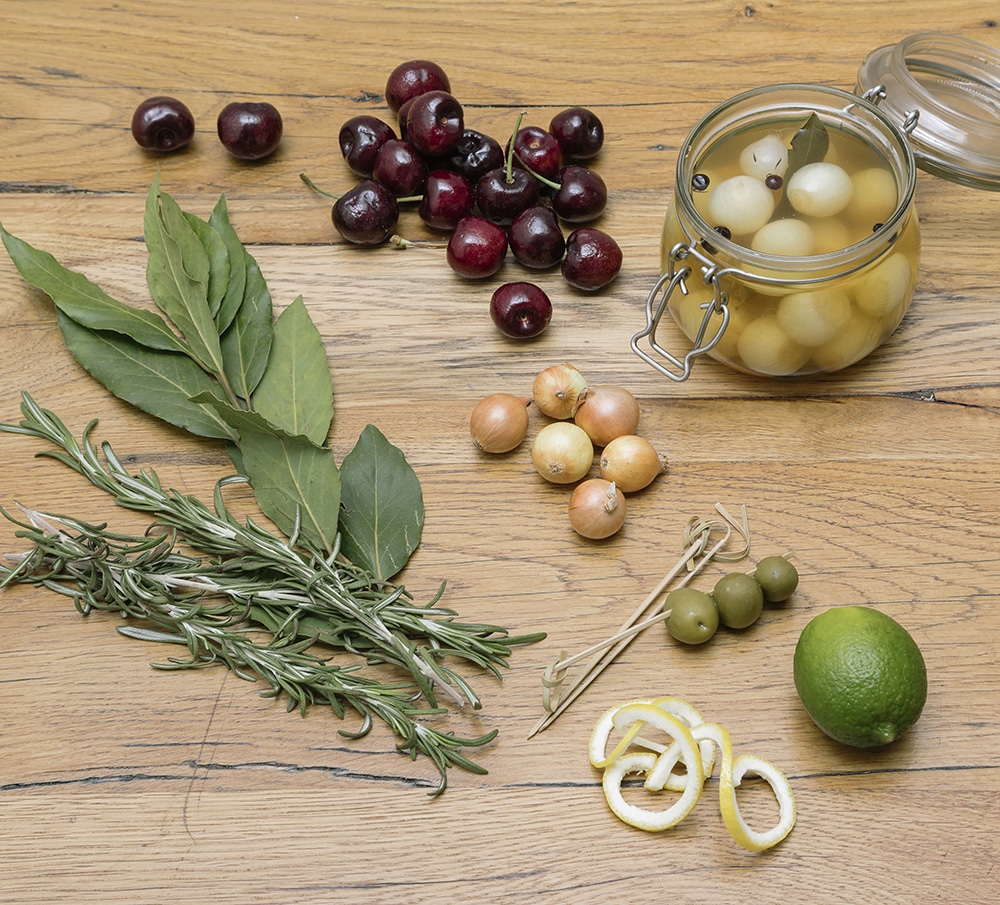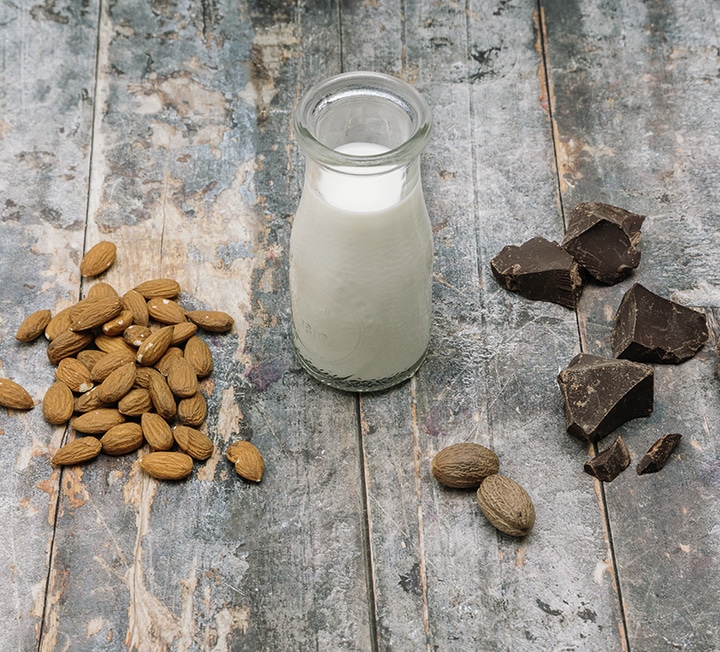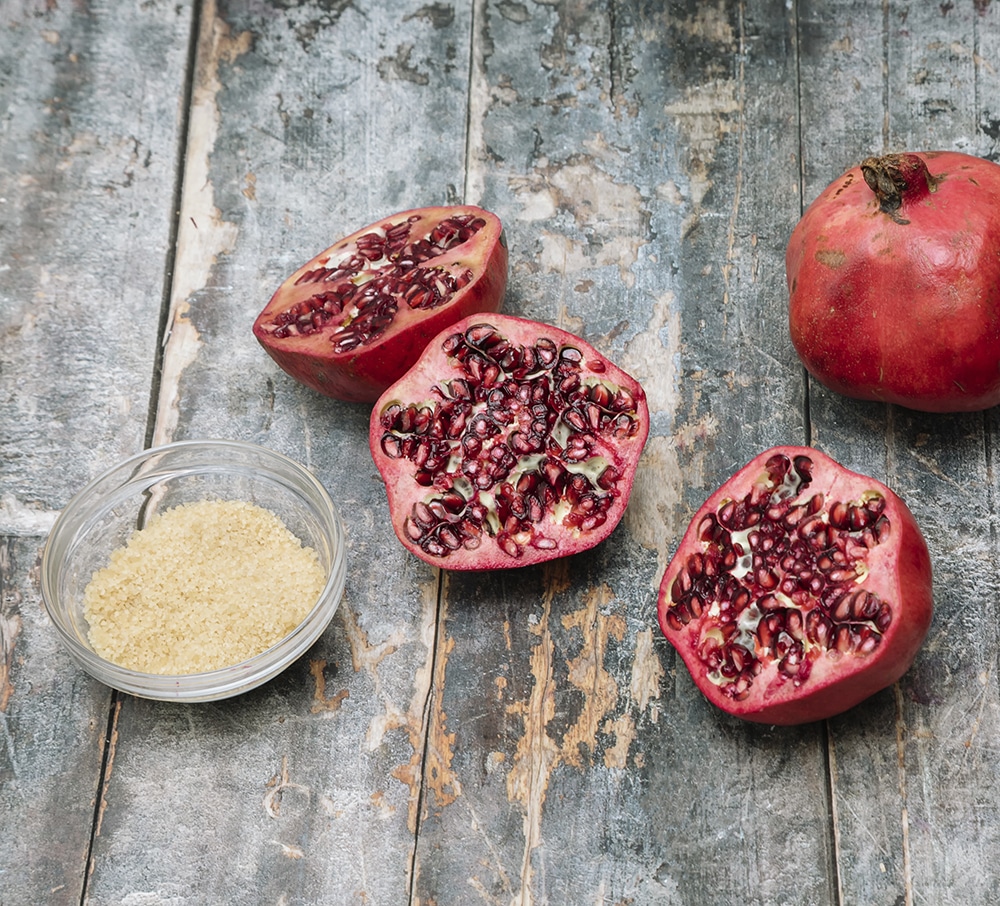Lateral drinking: tisanes
Food writer and Cookbook Club host Angela Clutton shares her tips on making creative drinks with Market produce. This time: tisanes


“MANY OF MY EVENINGS AT HOME END WITH A TEAPOT OR TWO OF TISANE – SO WARMING AND COMFORTING IN WINTER”
Image: Orlando Gili
It is a source of disproportionate frustration to me to ask for fresh mint tea at the end of my meal and be met with a bland, “no, sorry”. Really – really? – there’s no fresh mint at all knocking about in the kitchen? If I’d known at the start I was eating in a fresh herb-free restaurant I might well have thought twice. Little is more bounteous of flavour than bundles of fresh herbs – and not just in food dishes. Lush leaves of bay, tarragon, sage, rosemary, mint and other herbs too, make fabulous fresh herb teas (aka tisanes) where the flavours of the herbs ring excitingly through.
Many of my evenings at home end with a teapot or two of tisane – so warming and comforting in winter, yet it feels quite purifying, too. Come summer, the teapot gets switched for a pitcher of chilled, iced tisane that is gorgeously refreshing. Those pitchers tend to be a herb medley, where the flavours blend together and knock each other’s harsher edges off. (A happy side benefit of a penchant for tisanes is that when herbs are brewed into tea, you can’t help but experience anew their full complexity and become a more sensitive and confident herb cook.)
I keep saying ‘tea’ – do I mean that at all? Isn’t calling a tisane ‘tea’ a slight misnomer, given there’s no actual tea in there? But the name is fitting: we’re talking about leaves in a pot with hot water poured over, left to brew for a few minutes. Fitting, too, when the famously reviving qualities of ‘proper’ tea can also be attributed to many herb teas, along with all manner of other ways they have been thought over the centuries to have curative properties, beyond just being good for our digestion at the end of a meal.
British households used to think nothing of nipping out to their herb garden for plants to fulfil, in equal measure, both the culinary and medicinal needs of the family. Reaching for my copy of the famous Culpeper’s Complete Herbal, written in the mid-1600s, he lists ailment after ailment that mint is supposed to be good for: from hiccoughs, to how it “stirs up the bodily lust” (thus casting a whole new light on that seemingly sedate post-prandial cuppa).
‘Proper’ tea – mostly black, but sometimes green – is more famously blended with spices rather than herbs. Masala chai is literally ‘spiced tea’, and a drink with romantic but uncertain origins ranging from beginnings 5,000 to 9,000 years ago, and from India to Thailand, depending on who is telling the story.
There’s no doubting masala chai’s modern popularity as a sweet, warming, spiced tea. If you think you like masala chai but have yet to make your own, prepare to have your socks knocked off. The freshness of grinding your own spices will give it a supreme flavour lift, and of course you have the freedom to create your own bespoke blend. Green cardamom pods, fennel seeds and cloves are generally considered the essentials to grind and add to the best quality black leaf tea. After that it’s up to you – maybe black peppercorns for bite (as I use in my recipe), coriander seeds for a citrus note, or star anise for its sweet liquorice.
All of which goes to show just how much our ideas of a straightforward cup of tea can be freshened up and given new life by raiding our spice shelves and the kitchen herbs. Time to get the kettle on.
See Angela’s recipe for masala chai.


